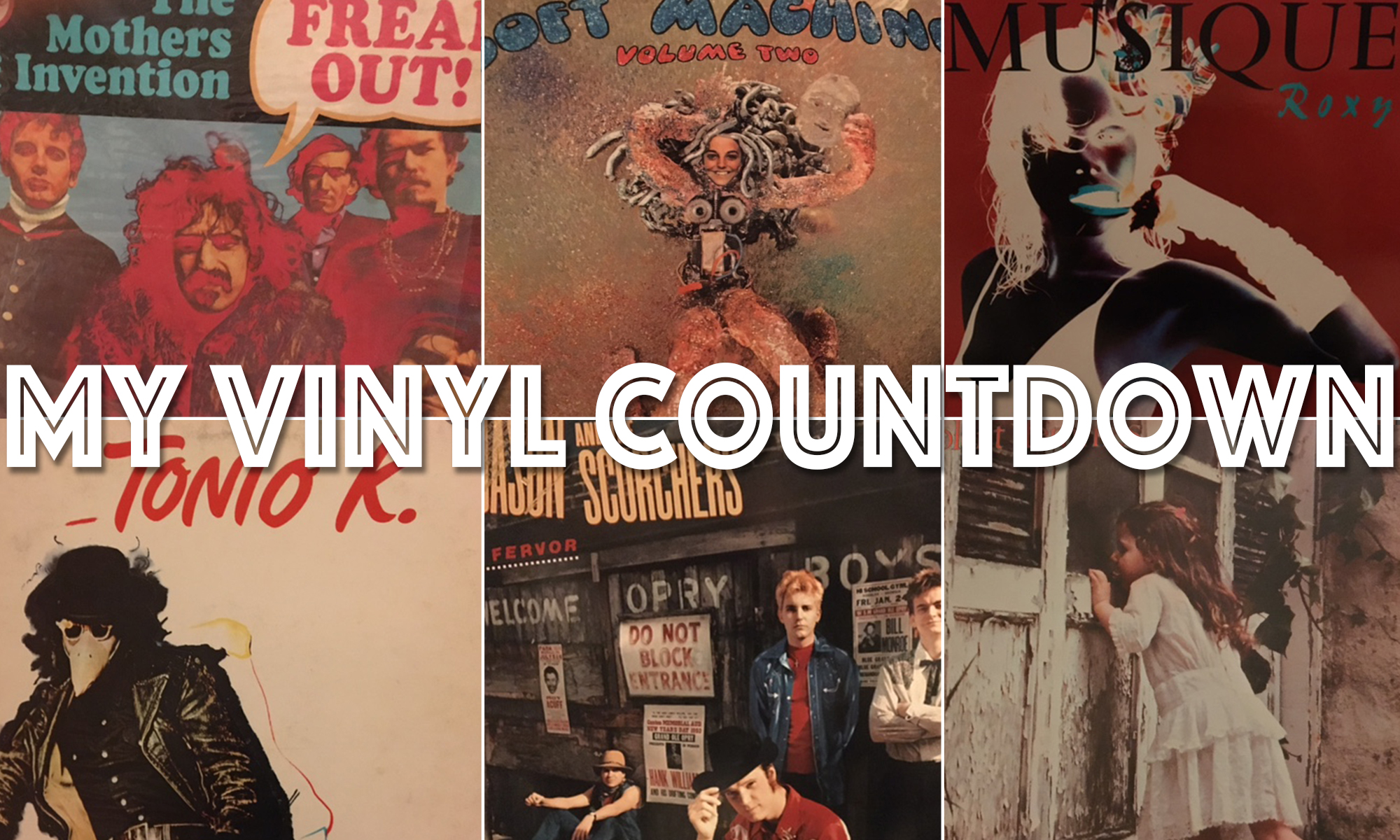A different version of this is posted at AL.com. To see other columns and stories by Mike Oliver on AL.com check here.
My headline probably should have been everything has changed and yet nothing has changed.
I’m talking about the news business.
I can’t believe the business model changed so much in my 35 years in the business. But not so difficult to see why if you think about it.
Here’s the old business model in one long run-on sentence — because it just seems to do a one sentence history. OK here it goes the biz model:
Chop down trees in Canada, take them to the mill and have them made into giant rolls of newsprint, ship the rolls to hundreds, thousands of newspapers where reporters were scraping together information by traveling to murder scenes, sitting through 8-hour court sessions, trying to get into closed meetings of public officials, rummaging through records, getting obituaries ready to publish, and then writing writing writing in somewhat coherent language before sending the stories on a deadline to editors who fiddled around with them a bit and then moved them on deadline to the folks who printed the stories using news presses, running off 10s of thousands of 30-page newspapers with many dozens of articles written just hours ago, having trucks to haul them away, to kids on bicycles who throw them in the yards of thousands or collectively millions of people, occasionally accidentally hitting a potted plant on the porch, breaking it into large clay pieces On the ground. Dirt.
Every day.
And the woman walks by the newspaper box drops in a quarter and pulls out a paper. And the man calls the subscription line to complain the paper was 20 minutes late. “How can I get my news before work if it’s late?”
Every day.
Hard to believe that business model failed.
I signed up for this business while the Titanic was in full luxury cruise mode — but I love it, old and new. We’re still proving a valuable service, I think.
Of course, news organizations were slow on the uptake. Profit margins of 20 percent and higher were common and seemingly fueled complacency.
This led to, what may later be seen as survival moves, or, in some cases overkill, laced with greed, as layoffs swept the industry and once giant news organizations such as Tribune Co., MediaNews Group and Knight Ridder imploded.
Meanwhile reporters have always wrestled with new technology: beepers, portabubbles, trash 80s, video cameras the size of small Volkwagens and walkie-talkies bigger than bricks. These all gave way to hand-held devices that could do anything: take pictures with your phone?
Back in the day, they’d look at you funny if you used your phone to take a picture, deadpanned comedian Norm McDonald while pretending to dial a rotary phone. “Stand still,” he said, dialing.
With my long career arc in the business I feel I have some perspective. I’m going to compare a day in the life of a reporter circa 1985 with now.
Here’s a typical day in a newsroom, old school vs. today.
OLD SCHOOL: Early morning coffee, sausage and biscuit and gravy in the newspaper’s cafeteria. Or make your own crappy coffee in newsroom
TODAY: Early morning coffee, breakfast sandwich from Jacks or fancy coffee brought in from Starbucks or a militant coffee shop that makes you feel shame about your coffee decisions. NO CREAM WITH THAT! ONLY EMU MILK! The barista shouts. Or, of course, you can make your own crappy coffee in the newsroom.
OLD SCHOOL: Go to assigned seat adjacent to file cabinets stuffed so thick with documents the drawers don’t close. Turn on table-top video display terminal.
TODAY: Go to any empty desk you can find (hoteling) and set up company issued laptop or your own or both. The gear comes out of your company-issued backpacks, which smell bad because you left a banana in it last week.
OLD SCHOOL: Check the answering machine on your desk top telephone.
TODAY: Tweet. Check emails, Facebook.
BOTH: The meat and potatoes of the day was calling sources, meeting with sources. Interviewing by phone or in person, depending on how many stories you are juggling.
OLD SCHOOL: Trudge to the courthouse or whatever records depository you needed to pick up the material. Type up public records request and send it via snail mail if the presumed to be public records are withheld.
TODAY: Go online, get records. File public records request if needed — via e-mail.
BOTH: Write it up. Whether you still scribble in a pad or take a tape recording and use an app voice translator, it is retrieved information that you must now make sense of and tell readers what happened or is happening. Deadlines would be hard old school, a specific time or times (depending on editions and page placement. ) Today deadlines are 24/7. The time deadline can often be NOW in this environment, depending on the story.
So as I said earlier, nothing has changed but everything has changed.
Rare to find a kid on a bicycle delivering the paper anymore.
And the trucks come to haul them away, to kids on bicycles who throw them in the yards of thousands or collectively millions of people, occasionally accidentally hitting a potted plant on the porch, breaking it into large clay pieces On the ground. Dirt. Rosebud.



